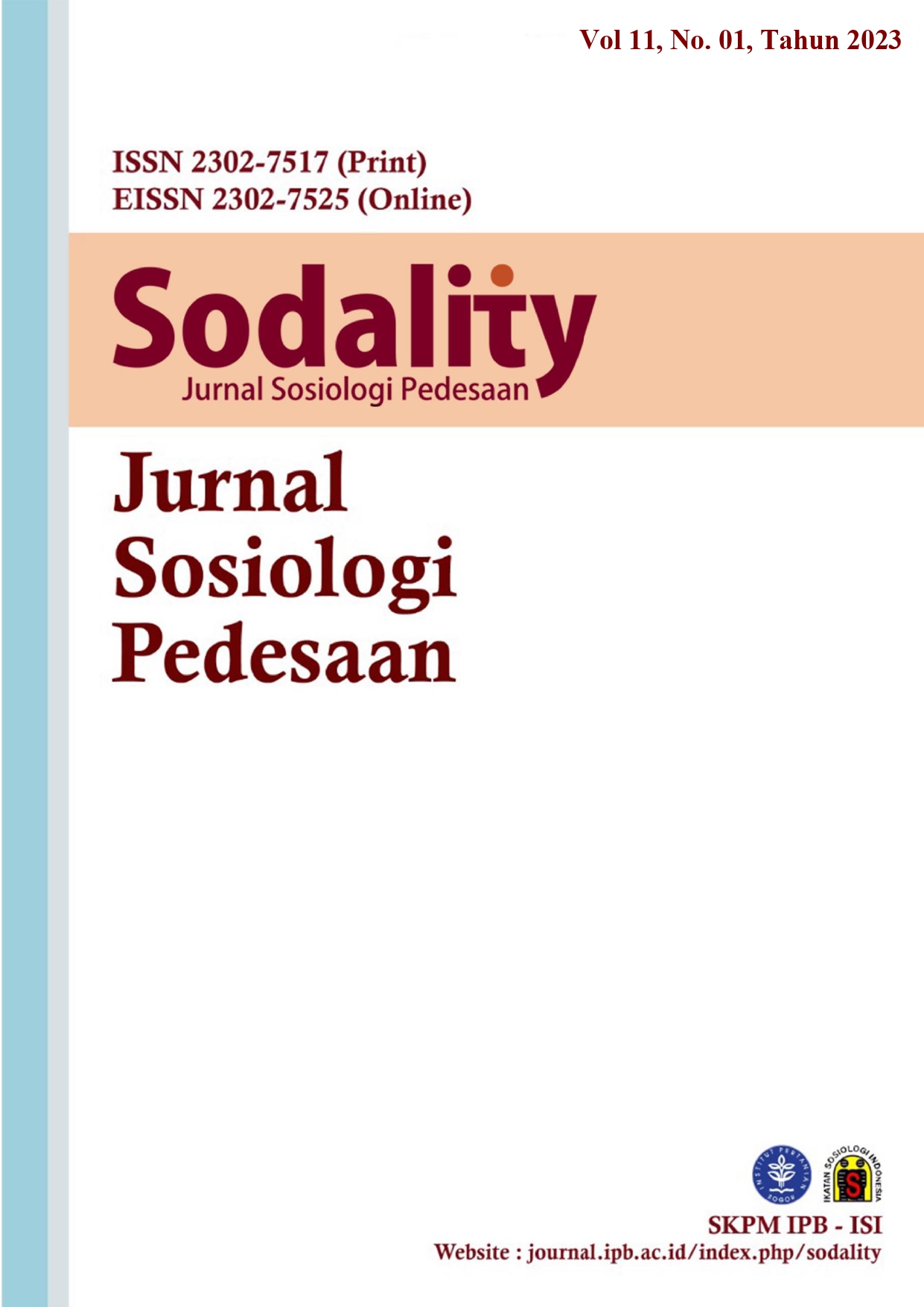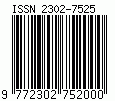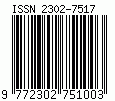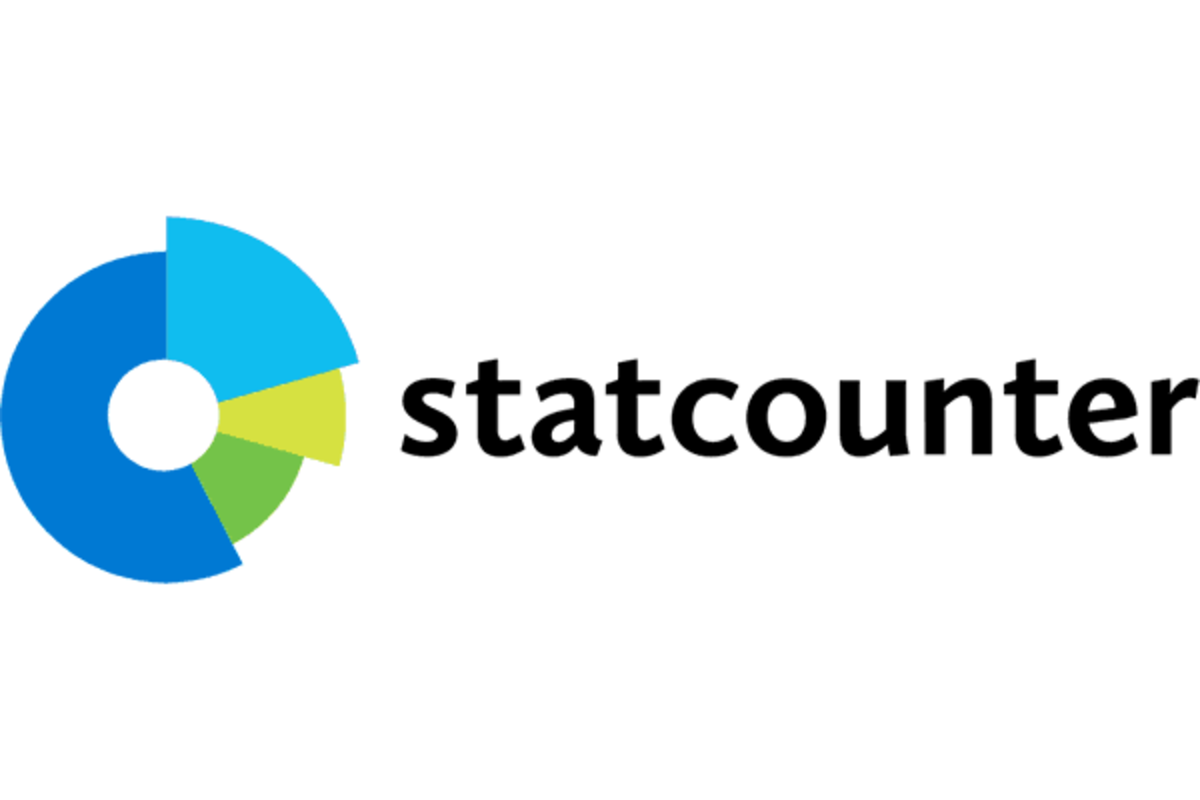The Pentahelix Model in the Development of Agro-Culture-Based Edutourism in the Taman Nasional Bromo Tengger Semeru Buffer Village Area (A Study in Tosari Village, Pasuruan Regency and Sapikerep Village, Probolinggo Regency)
Abstract
Tosari and Sapikerep villages are two villages in the TNBTS area which are included as one of the priority areas in Indonesia. Nature tourism or agro-tourism and cultural tourism are the characteristics of the two villages. Thus, Agro-Cultural based Edutourism is one of the potential developments in the village area. The pentahelix development model is considered appropriate because it is known that the two villages collaborate with 5 roles, namely government, private sector, academia, mass media, and the community. This article is the result of research conducted for 2 months using a qualitative method with data collection techniques through in-depth interviews, focus group discussions, and observations, where research was conducted to fully describe how the pentahelix collaboration pattern occurred. As a result, the role of various actors in the pentahelix collaboration model is quite optimal. From a regulatory perspective, the central government and regional governments have shown their role where basically the two villages have become part of the tourism priority villages which in terms of infrastructure are maximally supported by the central government. As well as with regard to licensing, it is very easy to take care of development permits and public facilities that support tourism businesses and make it easier for tourists. From the private sector, many companies and investors started arriving to work together in the two villages, through their Corporate Social Responsibility pattern. On the other hand, the media also plays an important role in efforts to introduce tourism potential so that it is more widely known by tourists, while academics work together in terms of planning that is in accordance with science, as well as the active role of the community which turns out to be open and mutually willing to build villages.
References
Ansell, C., & Gash, A. (2008). Collaborative governance in theory and practice. Journal of Public Administration Research and Theory, 18(4), 543–571. https://doi.org/10.1093/jopart/mum032
Ardhanariswari, K. A., & Pratiwi, K. W. (2021). Strengthening of Collaboration Strategy through Pentahelix Model in Borobudur as a Super Priority Tourist Destination. RSF Conference Series: Business, Management and Social Sciences, 1(4), 150–161. https://doi.org/10.31098/bmss.v1i4.360
Chambers, R. (1988). Pembangunan Desa: Mulai Dari Belakang. LP3ES.
Chamidah, N., Putra, A. H. P. K., Mansur, D. M., & Guntoro, B. (2020). Penta helix Element Synergy as an Effort to Develop Tourism Villages in Indonesia. Jurnal Manajemen Bisnis, 8(1), 01–22. https://doi.org/10.33096/jmb.v8i1.625
Creswell, J. D., & Creswell, J. W. (2018). Research Design: Qualitative, Quantitative, and Mixed Methods Approaches (5th ed.). SAGE Publications, Inc.
Giri, N. W. A. (2019). Pengembangan Wisata Pedesaan & Wisata Perkotaan: Rancangan Pola Perjalanan Gelang Projo (Magelamg, Kulon Progo, Purworejo) Belitung Timur. Magelang Raya. Deputi Bidang Pengembangan Industri Dan Kelembagaan Kementrian Pariwisata Republik Indonesia.
Halibas, A. S., Sibayan, R. O., & Maata, R. L. R. (2017). The penta helix model of innovation in Oman: An HEI perspective. Interdisciplinary Journal of Information, Knowledge, and Management, 12, 159–172.
Kushandajani, K. (2015). Implikasi UU Nomor 6 Tahun 2014 tentang Desa terhadap Kewenangan Desa. Yustisia, 4(2), 369–396.
Lawton Smith, H., & Leydesdorff, L. (2014). The Triple Helix in the context of global change: dynamics and challenges. Prometheus (United Kingdom), 32(4), 321–336. https://doi.org/10.1080/08109028.2014.972135
Maschab, M. (2013). Politik Pemerintahan Desa di Indonesia. PolGov UGM.
Mašek Tonković, A., Veckie, E., & Walter Veckie, V. (2015). Aplications of Penta Helix Model in Economic Development. RePEc: Research Papers in Economics, 4, 385–393.
Muhyi, H. A., Chan, A., Sukoco, I., & Herawaty, T. (2017). The Penta Helix Collaboration Model in Developing Centers of Flagship Industry in Bandung City. Review of Integrative Business and Economics Research, 6(1), 412–417. https://doi.org/10.58745/riber
Novianti, K. R. (2021). Maximizing Bali Village Tourism Potential Using Penta-Helix Model. International Journal of Social Science and Business, 5(1), 86–92. https://doi.org/10.23887/ijssb.v5i1.30650
Purnomo, A., Ruja, I. N., & Irawan, L. Y. (2018). Typology of Tourist Bromo Tengger Semeru National Park as a Basic Planning Integrated Tourism Design. IOP Conference Series: Earth and Environmental Science, 145(1). https://doi.org/10.1088/1755-1315/145/1/012015
Satari, F. C., & Asad, N. (2016). Laporan Kemajuan Riset Fundamental Unpad ( Rfu ). 1–26.
Sazjiyah, S. R. (2020). Dinamika Kehidupan masyarakat suku tengger dibalik kegiatan pariwisata Bromo. Journal of Tourism and Creativity, 4(2), 105. https://doi.org/10.19184/jtc.v4i2.14818
Soemaryani, I. (2016). Pentahelix Model To Increase Tourist Visit To Bandung and Its Surrounding Areas. 15(3), 2016.
Soleh, A. (2014). Potency Development Strategy. Jurnal Sungkai, 5(1), 32–52.
Styawan, W. E., & Lila, P. K. I. (2022). Catatan Kritis: Taman Nasional Bromo, Tengger, Semeru dan Ancaman Ekonomi Tidak Berkelanjutan.
Sutoro, E. (2014). Desa Membangun Indonesia (01 ed.). Forum Pengembangan Pembaharuan Desa (FPPD). https://doi.org/10.1038/ncomms12854
Utami, H. S. (2017). Pengelolaan Kawasan Pariwisata (Studi di Balai Besar Taman Nasional Bromo Tengger Semeru). Jurnal Ilmiah Administrasi Publik (JIAP), 3(1), 22–29.
Vani, R. V., Priscilia, S. O., & Adianto, A. (2020). Model Pentahelix Dalam Mengembangkan Potensi Wisata di Kota Pekanbaru. Publikauma : Jurnal Administrasi Publik Universitas Medan Area, 8(1), 63–70. https://doi.org/10.31289/publika.v8i1.3361
Vga, N. A., & Hakim, L. (2018). Di Desa Tulungrejo Kota Batu. Jurnal Administrasi Bisnis (JAB), 61(3), 50.
Yunas, N. S. (2019). Implementasi Konsep Penta Helix dalam Pengembangan Potensi Desa melalui Model Lumbung Ekonomi Desa di Provinsi Jawa Timur. Matra Pembaruan, 3(1), 37–46. https://doi.org/10.21787/mp.3.1.2019.37-46
Authors who publish with this journal agree to the following terms:
- Authors retain copyright and grant the journal right of first publication with the work simultaneously licensed under a

This work is licensed under a Creative Commons Attribution 4.0 International License. that allows others to share the work with an acknowledgement of the work's authorship and initial publication in this journal. - Authors are able to enter into separate, additional contractual arrangements for the non-exclusive distribution of the journal's published version of the work (e.g., post it to an institutional repository or publish it in a book), with an acknowledgement of its initial publication in this journal.
- Authors are permitted and encouraged to post their work online (e.g., in institutional repositories or on their website) prior to and during the submission process, as it can lead to productive exchanges, as well as earlier and greater citation of published work (See The Effect of Open Access).





.png)










